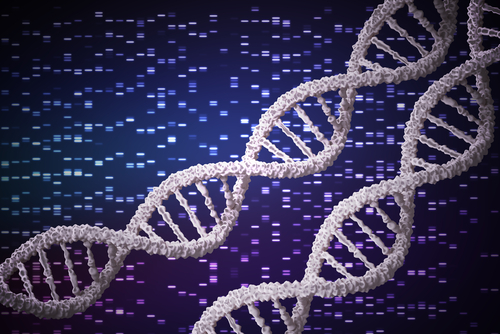Fabry Disease Gene Therapy ST-920 Well-tolerated, Shows Substantial Efficacy in Mice, Study Suggests

One-time administration in mice of a gene therapy candidate known as ST-920 led to substantial increases in the activity of the key Fabry disease enzyme alpha-GalA and marked reductions in the levels of the fatty molecules that accumulate in patients with this disease.
A Phase 1/2 clinical trial testing the safety, tolerability, and efficacy of ST-920 in adults with Fabry is expected to start in 2019, with several clinical sites expected to open later this year. This follows the U.S. Food and Drug Administration’s acceptance of the company’s investigational new drug application for ST-920.
“We are eager to commence trials of ST-920 to evaluate our hypothesis that the one-time administration of a gene therapy can fundamentally change the clinical course for patients with Fabry,” Edward Conner, MD, chief medical officer at Sangamo Therapeutics — which developed ST-920 — said in a press release.
The study, “Liver-Targeted AAV Gene Therapy Vectors Produced at Clinical Scale Result in High, Continuous Therapeutic Levels of α-GalA Enzyme Activity and Effective Substrate Reduction in a Mouse Model of Fabry Disease (abstract No. 794),” assessed ST-920 and its precursor in a mouse model of Fabry.
The findings were presented at the recent 22nd American Society for Gene and Cell Therapy Annual Meeting, in Washington D.C., and published in the journal Molecular Genetics and Metabolism.
Fabry disease is caused by mutations in the GLA gene, which codes for the alpha-GalA enzyme. These mutations result in the accumulation of fatty molecules known as Gb3 and lyso-Gb3 inside cells, which leads to renal, cardiac and/or cerebrovascular disease.
The current standard treatment for patients with Fabry is enzyme replacement therapy, but it requires lifelong and regular infusions that may not be effective in all tissues.
Sangamo’s gene therapy for Fabry uses a modified adeno-associated viral vector (AAV), which codes for human GLA (hGLA). One-time administration of AAV-hGLA results in enzyme production specifically in liver cells (hepatocytes) and alpha-GalA release into the bloodstream.
The mouse model used by Sangamo’s team is characterized by genetic deletion of the GLA gene, no alpha-GalA activity, and high levels of Gb3 in plasma and tissues.
A three-month pharmacology and toxicology study in these mice revealed that intravenous administration of increasing therapy doses was well-tolerated and resulted in an over 300-fold increase in plasma levels of alpha-GalA, which was maintained throughout the study.
Also, the treatment led to dose-dependent increases in enzymatic activity in the liver, heart, and kidney. At the end of the study, mice receiving the high dose had undetectable levels of Gb3 in their plasma, liver, spleen, and heart, as well as under 10% of this molecule in their kidneys, compared with untreated mice.
This initial viral vector was then compared to an improved vector named ST-920 in a 28-day study in wild type (normal) mice. The results showed that ST-920 was well-tolerated and produced up to seven-fold higher levels of plasma alpha-GalA activity than the same dose of the initial vector, as well as a more than 1,500-fold increase in plasma alpha-GalA activity.
Overall, “the high levels of [alpha]-GalA activity seen in these studies, along with the concomitant marked reduction in the accumulated Gb3/lyso-Gb3 in key tissues … provide preclinical proof-of-concept for AAV-mediated targeting of hepatocytes to express therapeutic levels of human [alpha]-GalA,” the researchers wrote.
“The clinical scale manufacturing process developed for these studies will enable rapid production of clinical-grade AAV material,” they added.






